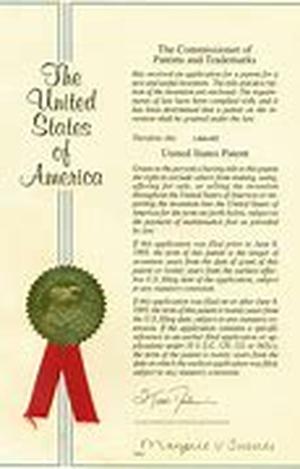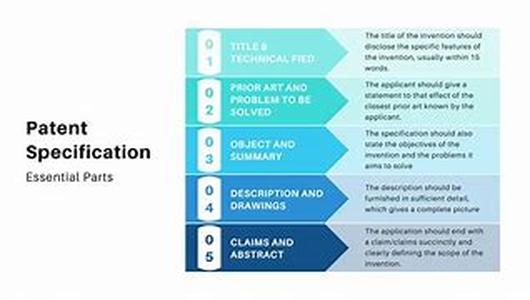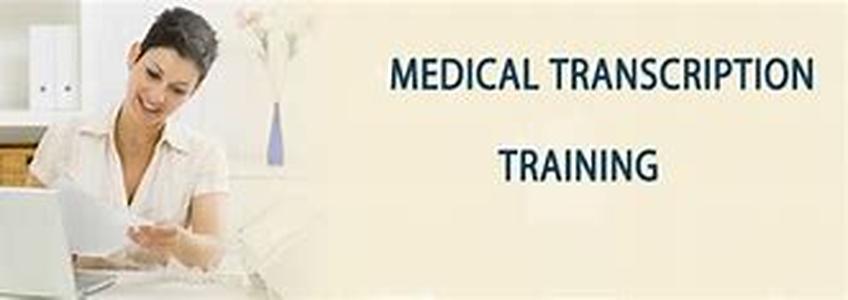
KWD: 10414 2.41Software PatentsThe U.S. Patent And Trademark Office Were At First Reluctant To Grant Software Patents On Inventions Relating To Computer Software. Software Patents Cannot Be Granted To Processes, Machines, Articles Of Manufacture, And Compositions Of Matter. Patents Could Not Be Granted To Scientific Truths Or Mathematical Expressions Of It. The PTO Viewed Computer Programs And Inventions Containing Or Relating To Computer Programs As Mere Mathematical Algorithms, And Not Processes Or Machines. As Such, Software Related Inventions Were Considered Non-statutory.The 1980s Saw Some Changes In The PTOs Position On Software Patents Granted To Inventions. The 1981 Case Of Diamond V. Diehr Provided The First Instance In Which The U.S. Supreme Court Ordered The PTO To Grant Software Patents On An Invention Even Though Computer Software Was Utilized. In That Case, The Invention Related To A Method For Determining How Rubber Should Be Heated In Order To Be Best "cured." The Invention Utilized A Computer To Calculate And Control The Heating Times For The Rubber. However, The Invention (as Defined By The Claims) Included Not Only The Computer Program, But Also Included Steps Relating To Heating Rubber, And Removing The Rubber From The Heat. The Supreme Court Stated That In This Case, The Invention Was Not Merely A Mathematical Algorithm, But Was A Process For Molding Rubber, And Hence Software Patents Should Be Granted. This Was True Even Though The Only "novel" Feature Of This Invention Was The Timing Process Controlled By The Computer.After 1981, The PTO And Inventors Were Left Trying To Determine When An Invention Was Merely A Mathematical Algorithm, And When It Was In Fact A Patentable Invention That Simply Contained A Mathematical Algorithm. What Was Clear Was That The Patentability Of Software Patents Application Depended To A Large Extent On The Claims Created By The Patent Attorney.In The Early 1990s, The Federal Circuit (the Highest Court For Patent Matters Other Than The Supreme Court) Tried To Clarify When Software Patents Can Be Granted. The Court Stated That The Invention As A Whole Should Be Examined. It Ruled That If The Invention Utilizes The Computer To Manipulate Numbers That Represent Concrete, Real World Values (such As A Program That Interprets Electrocardiograph Signals To Predict Arrhythmia Or A Program That Analyzes Seismic Measurements), Then The Invention Is A Process Relating To Those Real World Concepts And Software Patents Should Be Granted. In 1995, The PTO Develops Guidelines For Patent Examiners On Software Patents Applications That Reflect These Recent Court Decisions.





